Emeriti & Former Faculty
CONTACT
Department of Biological Sciences
Wehr Life Sciences, 109
1428 W. Clybourn St.
Milwaukee, WI 53233
(414) 288-7355
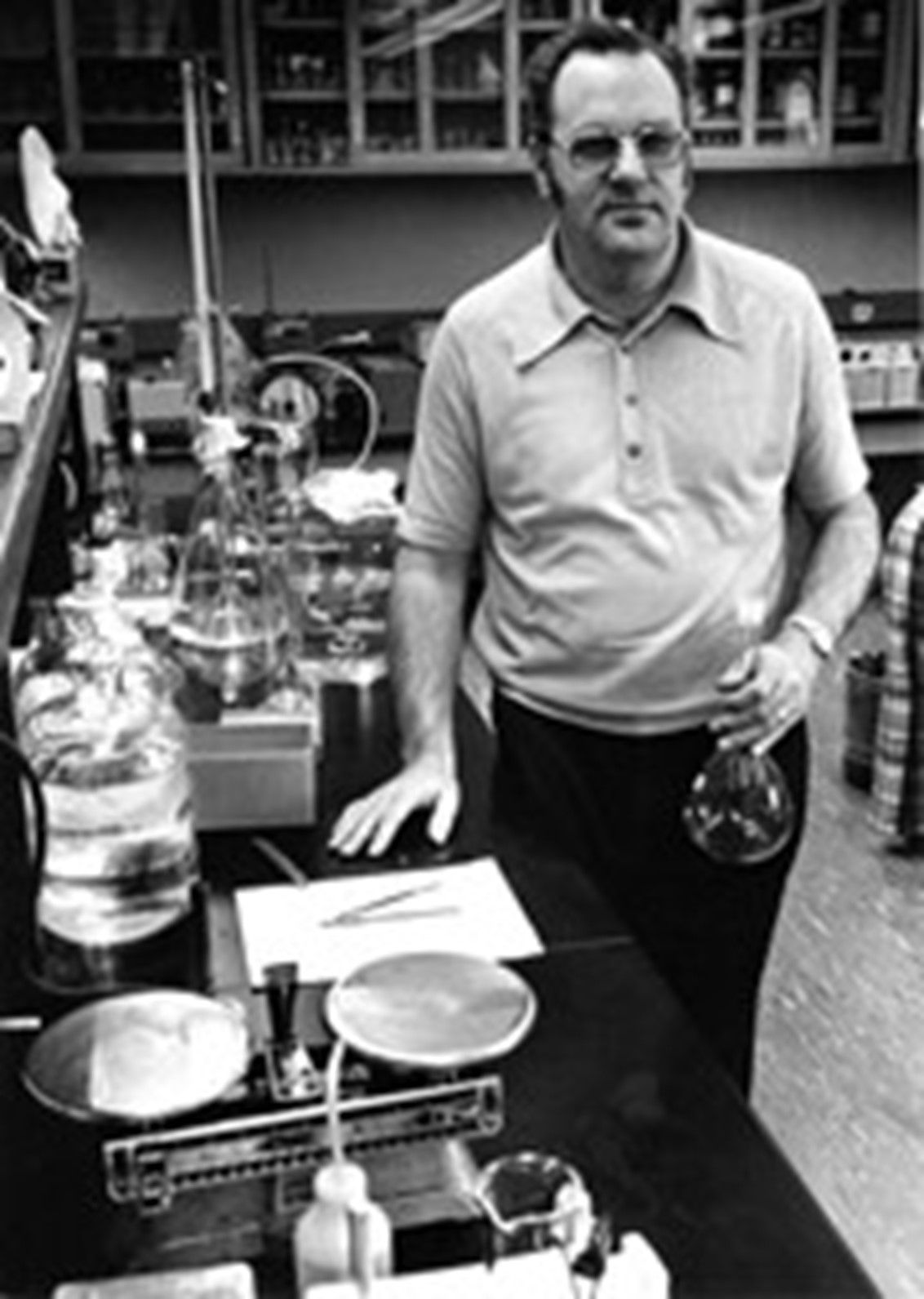 Peter Abramoff
Peter Abramoff
Professor Emeritus
Faculty 1955-1989
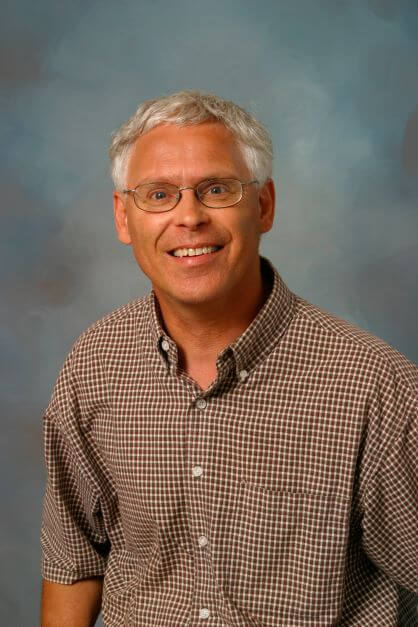 Stephen Downs
Stephen Downs
Professor Emeritus
Faculty 1987-2019
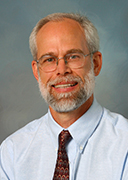 Thomas Eddinger
Thomas Eddinger
Professor Emeritus
Faculty 1989-2023
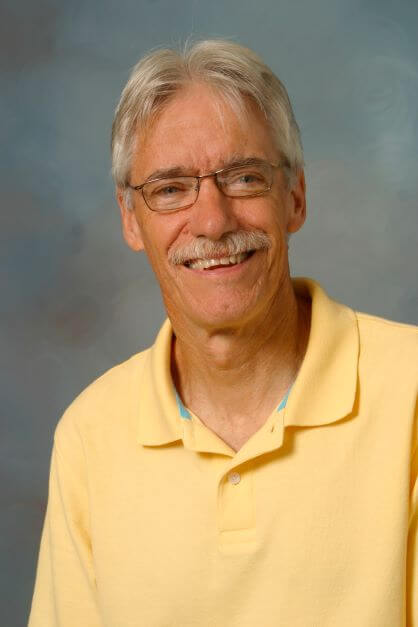 Robert Fitts
Robert Fitts
Professor Emeritus
Faculty 1976-2016
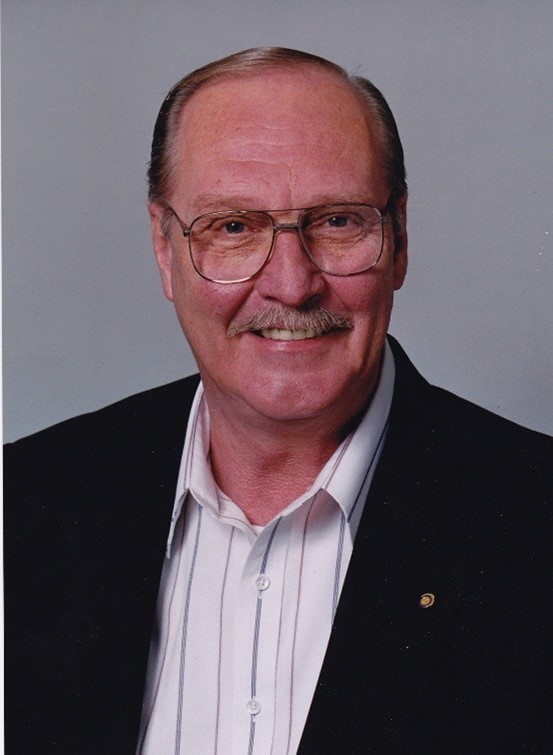 Walter Fredricks
Walter Fredricks
Professor Emeritus
Faculty 1966-2000
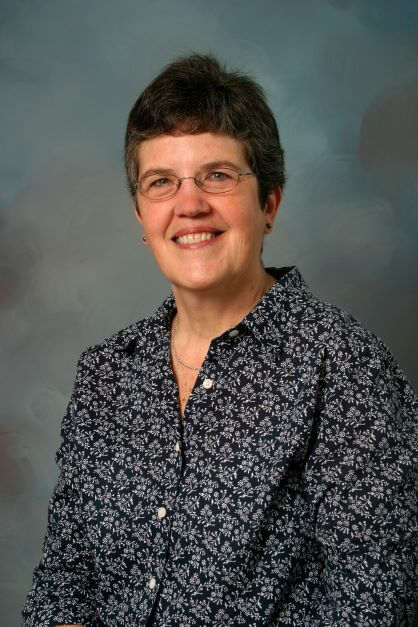 Kathleen Karrer
Kathleen Karrer
Professor Emeritus
Faculty 1989-2014
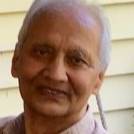 A. Krishna Kumaran
A. Krishna Kumaran
Professor Emeritus
Faculty 1969-1997
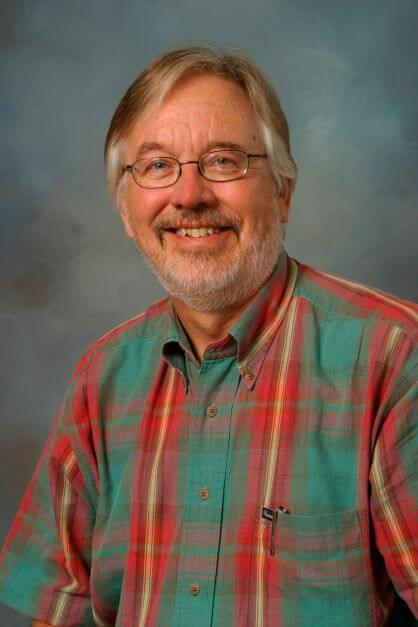 James Maki
James Maki
Professor Emeritus
Faculty 1985-2021
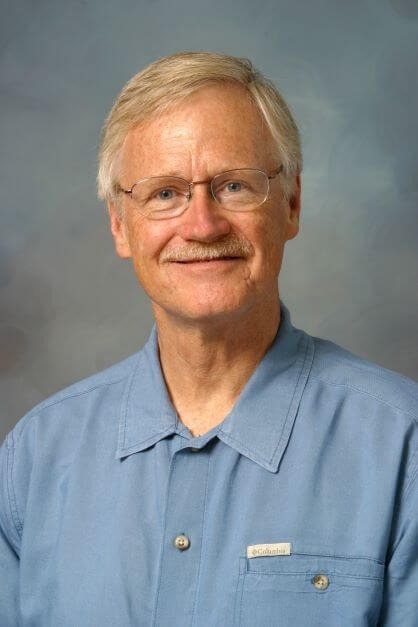 Stephen Munroe
Stephen Munroe
Professor Emeritus
Faculty 1978-2013
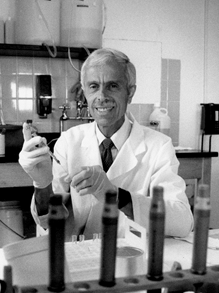 Bela Piacsek
Bela Piacsek
Professor Emeritus
Faculty 1968-2002
University Compliance Officer 2000-2007
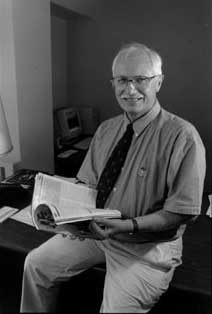 Brian Unsworth
Brian Unsworth
Professor Emeritus
Faculty 1969-2004
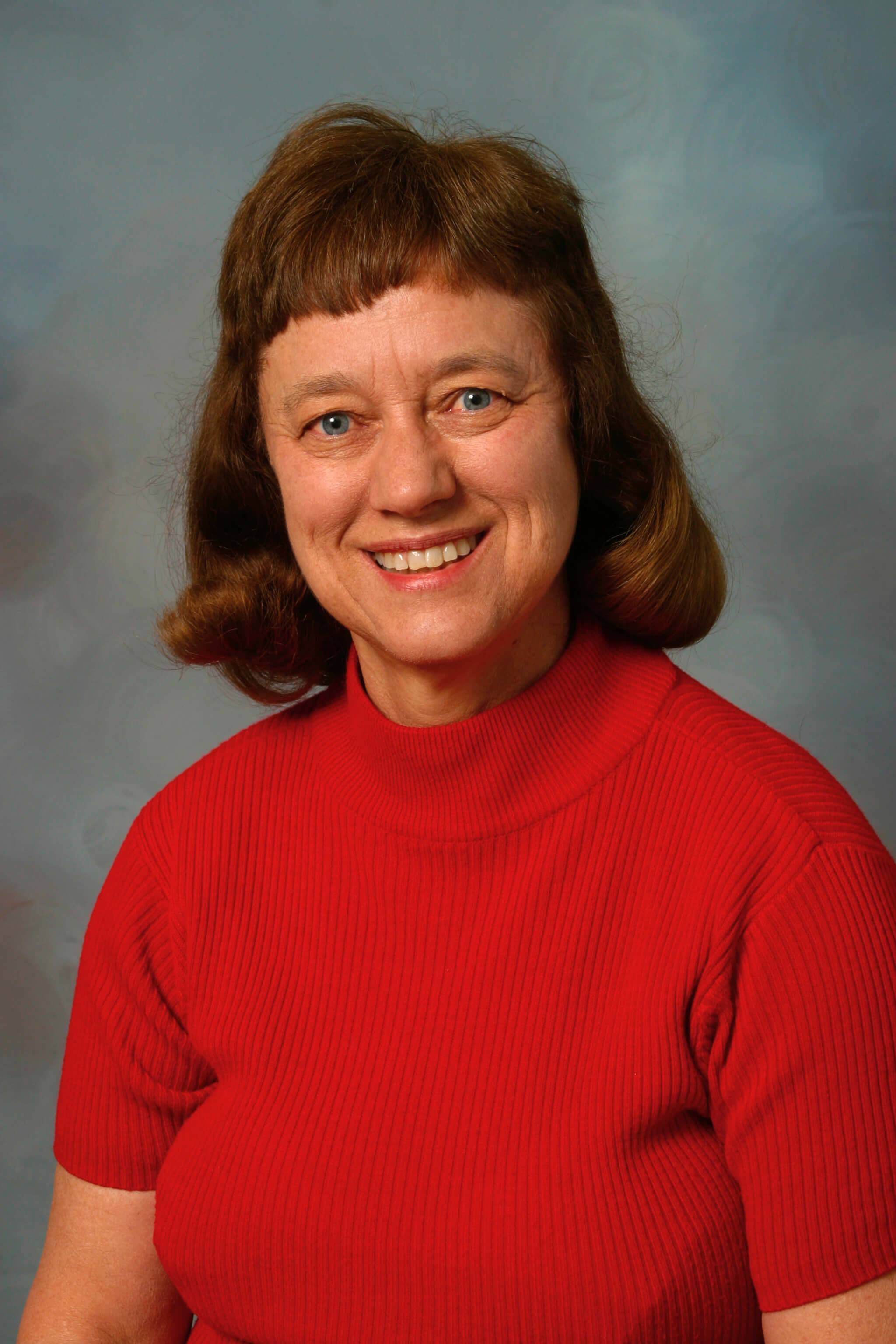 Gail Waring
Gail Waring
Professor Emeritus
Faculty 1978-2013
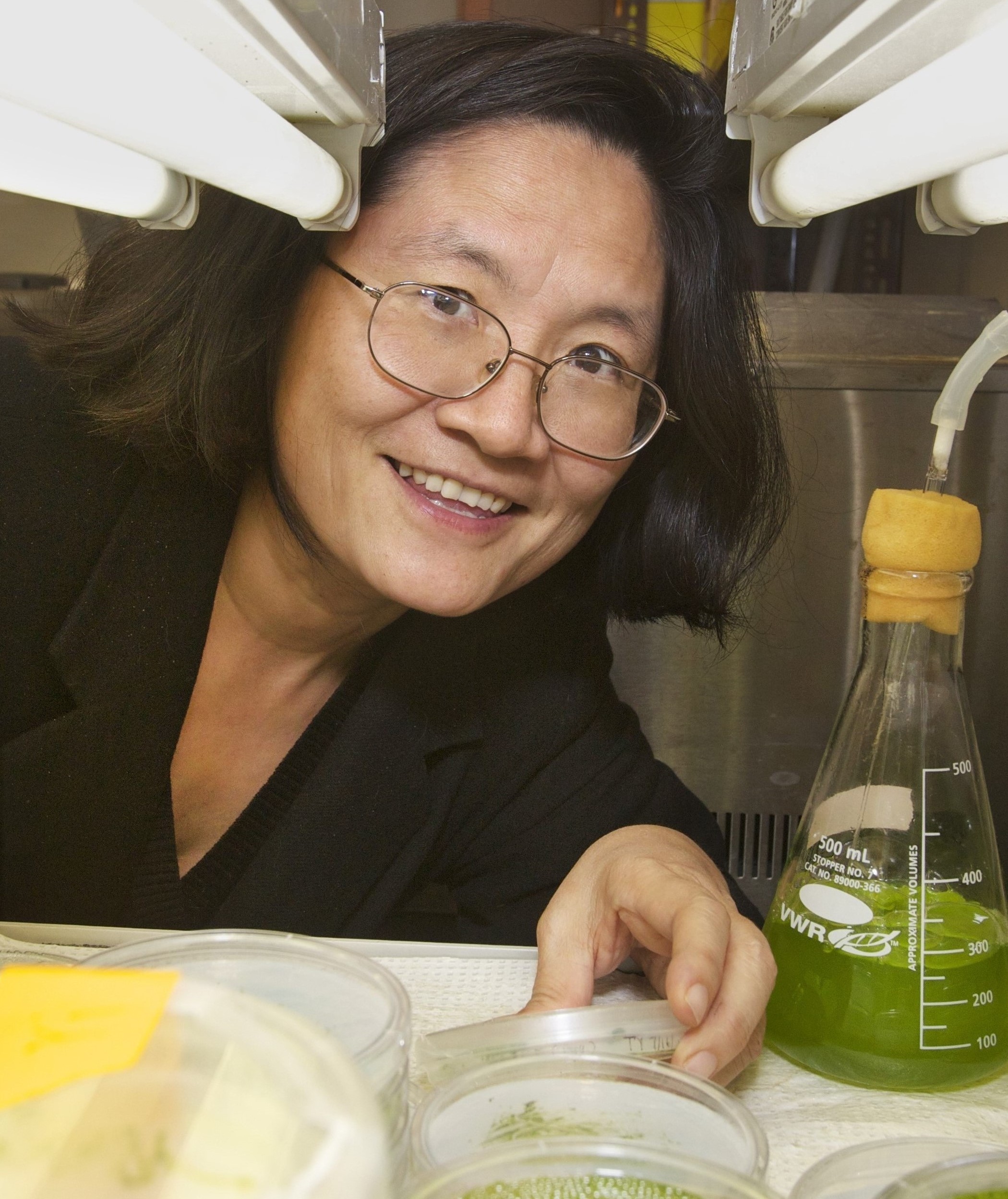 Pinfen Yang
Pinfen Yang
Professor Emeritus
Faculty 2001-2025